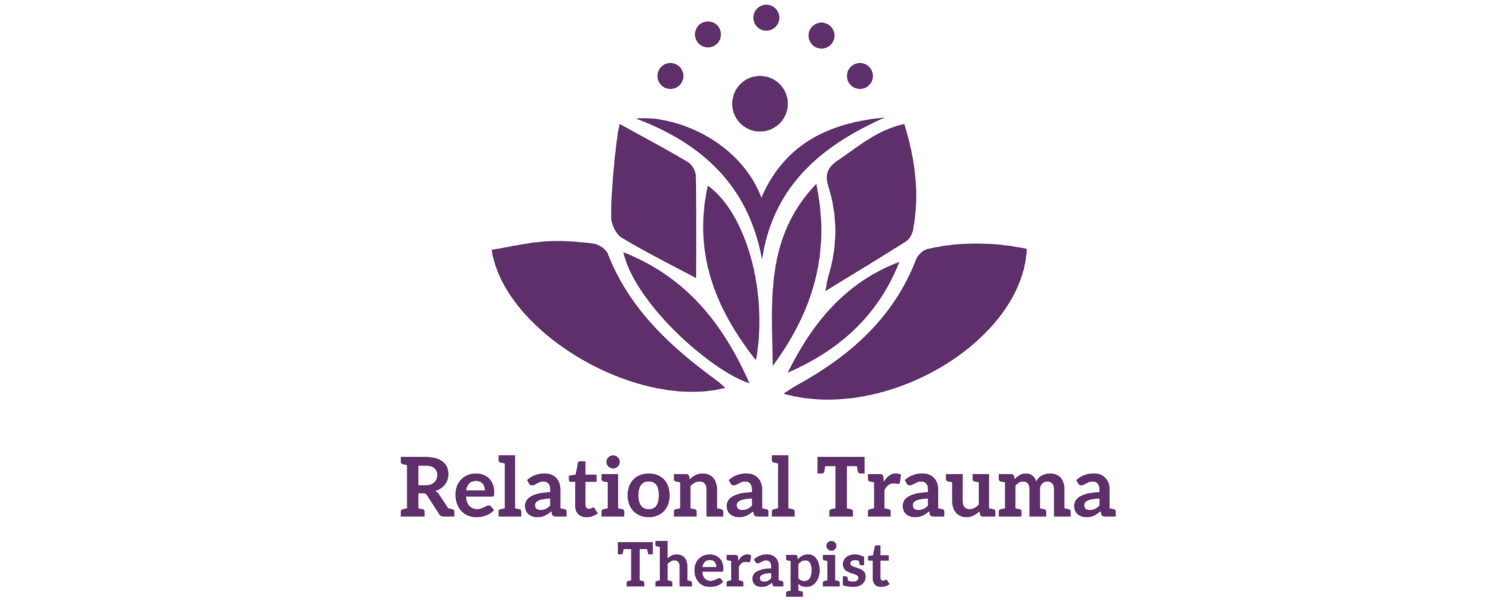5 Essential Steps to Heal After Narcissistic Abuse
Healing after narcissistic abuse is complicated. If you’ve been there, you know what I mean. The manipulation isn’t always obvious. The damage doesn’t always look like bruises. But it changes you. The way you think, the way you speak to yourself, the way you show up in relationships.
And if you’ve found yourself asking, "Why do I still feel attached to someone who hurt me?" or "Will I ever trust myself again?"—you're not alone.
An article on Choosing Therapy explains that the stages of healing after narcissistic abuse often include naming what happened, rebuilding self-trust, letting go of unrealistic fantasies, and repairing the nervous system. Survivors frequently experience confusion, self-doubt, and chronic anxiety, but studies show that recognizing and moving through these stages is an important predictor of long-term recovery. Understanding the stages of narcissistic abuse and how they affect your mental health can provide important insight as you move toward recovery. Let’s talk about what healing actually looks like after narcissistic abuse. Not the polished version, but the real, messy, slow, and powerful kind.
1. Name What Happened
The gaslighting might’ve been so strong that you’re still unsure if it "counts" as abuse. It does.
Recognizing that what you experienced was narcissistic abuse is the first step in narcissistic abuse recovery. You can’t heal what you don’t acknowledge.
Say it out loud. Write it down. Call it by its name.
Acknowledging these experiences can also help you identify the symptoms of narcissistic abuse, such as confusion, self-doubt, and chronic anxiety. These symptoms are common, and understanding them is a part of breaking free from the cycle.
2. Learn to Trust Yourself Again
After someone’s twisted your reality for so long, it’s natural to feel disconnected from your own instincts. But that inner voice? It never left. It’s just been buried under years of invalidation.
Start rebuilding self-trust after abuse by tuning in gently. Pause and ask yourself:
What do I need right now?
Does this feel safe to me?
Am I saying yes because I want to, or because I’m afraid of conflict?
Tiny check-ins like these help you reconnect to yourself over time. You might find it helpful to work with a trauma therapist or consider cognitive behavioral therapy for anxiety or PTSD. Cognitive behavioral therapy (CBT) is especially effective in helping survivors rebuild thought patterns, challenge self-defeating beliefs, and regain a sense of autonomy. Exploring cognitive behavioral therapy near me or cognitive behavioral therapy worksheets can be an empowering step.
Alternatively, some survivors may benefit from trauma-specific modalities like cognitive processing therapy for PTSD or EMDR for sexual trauma if the narcissistic abuse was paired with other forms of trauma.
3. Let Go of the Fantasy
You might still find yourself waiting for them to change. For closure. For a moment, that makes it all make sense.
Here’s the truth: Closure is something you give yourself. The person who hurt you is not going to be the one to heal you. And that fantasy—the one where they suddenly understand and apologize with tears in their eyes—that’s part of what’s keeping you stuck.
Grieve what you wanted that relationship to be. And then give yourself permission to stop waiting for the version of them that only exists in your imagination.
Letting go of the fantasy is a critical part of recovering from narcissistic abuse. It breaks the emotional bond created by the narcissistic abuse cycle, allowing you to begin the process of relational trauma recovery.
For those dealing with long-term patterns of abuse, including generational trauma, therapy can help you recognize and interrupt deeply ingrained emotional responses. A family therapy for generational trauma approach may be useful if these patterns run in your family.
4. Practice Nervous System Repair
Healing from narcissists isn’t just emotional—it’s physiological. Your nervous system has been through repeated cycles of fight, flight, freeze, and fawn. That takes a toll.
To support emotional healing, build a daily practice that helps your body feel safe again:
Breathwork
Cold water splashes
Grounding exercises
Gentle movement
These small things may not feel like much in the moment, but over time, they remind your body that it’s no longer in danger.
This process is a crucial part of the stages of trauma recovery, especially after long-term psychological harm. Hyper sexuality trauma, difficulty regulating emotions, and symptoms of PTSD from sexual trauma can all result from prolonged exposure to manipulation and fear.
Working with a trauma therapist near me or using a trauma recovery coach can help you establish a sustainable path to healing sexual trauma or addressing co-occurring issues like trauma and addiction recovery.
5. Reclaim Your Sense of Self
Abuse tries to strip you of who you are. Healing is about taking that back.
You get to ask questions like:
Who am I outside of this relationship?
What do I like?
What makes me feel powerful, calm, creative, alive?
You get to rebuild your identity on your own terms. No longer shaped by someone else’s manipulation. This is where healing from narcissists turns into something new: coming back home to yourself.
You don’t need to do it all at once. Start where you are. Some days that might look like journaling. Others it might be resting. Others it’s just reminding yourself: This was not my fault.
Rebuilding your identity is also about addressing the generational patterns that may have influenced your relationships. Understanding intergenerational transmission and the effects of generational trauma can give context to why these dynamics feel familiar or hard to escape.
Embracing Your Healing Journey, One Step at a Time
You don’t need to do it all at once. Start where you are. Some days that might look like journaling. Others it might be resting. Others it’s just reminding yourself: This was not my fault.
If you want support as you work through these steps, my Trauma Healing Membership offers tools, gentle guidance, and a safe community for healing.
You’re not too broken. You’re not too far gone. You’re not alone.
You’re healing. And that matters.
FAQs
How do you begin to heal after narcissistic abuse?
Healing after narcissistic abuse starts with acknowledging the harm, seeking trauma-informed support, and rebuilding self-trust. Setting boundaries and prioritizing self-care are key first steps in recovery.
How long does it take to recover from narcissistic abuse?
Narcissistic abuse recovery timelines vary, but consistent therapy, self-care, and boundary work can help survivors feel emotional stability within months. Deep healing may take longer, depending on the trauma’s severity.
What type of therapy helps with narcissistic abuse recovery?
Therapies like Cognitive Behavioral Therapy (CBT), EMDR, and Somatic Experiencing are effective for healing after narcissistic abuse. These trauma-informed approaches rebuild emotional regulation and self-trust.
Can you fully recover from narcissistic abuse?
Yes, full recovery from narcissistic abuse is possible with support, self-awareness, and patience. Healing allows survivors to break trauma cycles, regain confidence, and form healthier relationships.
Why is it hard to move on after narcissistic abuse?
It’s difficult to move on because narcissistic abuse creates emotional dependency and confusion. Understanding trauma bonding and working with a trauma-informed therapist can help release those emotional ties.


